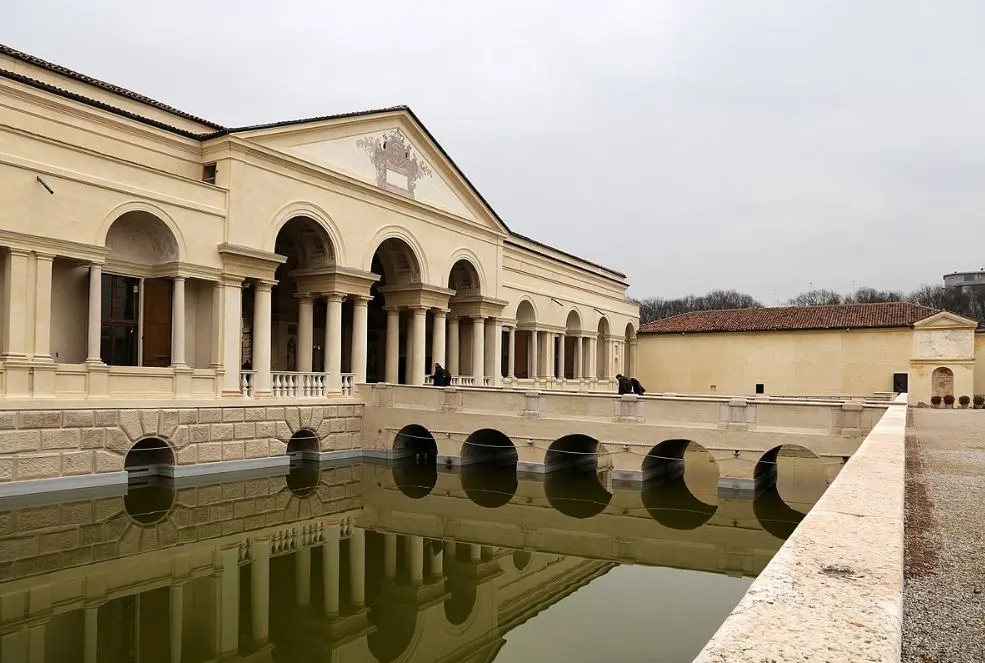The High Renaissance ended in the early 1520s and was replaced by a style that dominated the remainder of the 17th century throughout Europe.
Mannerism emerged at a period when artists and architects believed that everything had already been accomplished.
It’s defined by the aim to surpass the achievements of the Renaissance, and this was not an easy feat to achieve. The result was in an experimental era in the history of architecture.
One Mannerist building that embodies the ideals of this movement can be found on the outskirts of a city in the heart of northern Italy.
In this article, you’ll discover some of the most interesting facts about Palazzo Te or “Palazzo del Te,” a building with several fascinating stories to tell.
1. It’s located just south of the historical heart of Mantua
Something that really fascinates me about Italy is the fact that even relatively small cities are home to an incredible wealth of architectural highlights.
One of these cities is Mantua, the capital of the Province of Mantua which is located in the Lombardy region of northern Italy.
Today, Mantua is home to fewer than 50,000 inhabitants but its “Centro Storico” or “Old Town” are a UNESCO World Heritage site because of its historical importance.
The city became the Duchy of Mantua in the 16th century and this was around the time that Palazzo Te was constructed.

It’s located just south of the historical heart of the city which was just outside of the medieval city walls.

2. It was commissioned by the Duke of Mantua in the 1520s
The House of Gonzaga had been ruling the city since the Middle Ages and their influence turned Mantua into a cultural hotspot in Northern Itlay.
Federico II Gonzaga (1500-1540) became the first Duke of Mantua in 1530, a title he received from Charles V, the Holy Roman Emperor.
Perhaps Charles V was impressed with Palazzo Te, the residential villa that was commissioned by Federico in 1524, even though it was only completed in 1534.
The palace’s name was derived from “tejeto,” a grove that was once located there. The purpose of the mansion was to serve as a place of leisure and to welcome guests.

3. Palazzo Te is the epitome of Mannerist architecture
Mannerist architecture was very much built on the foundation of Renaissance architecture. The main difference was the inclusion of unexpected elements.
These were completely lacking in the rather sober design of Renaissance palaces. This also meant that the harmony of the previous era had to make way for a variety of intriguing features.
The core building of the palace consists of a square structure that is adjoined by a large courtyard surrounded by cloistered buildings.

This large garden ends in a semicircular row of collonades that only serve an aesthetic purpose in the overall design.
The most notable elements of the square building are the flat pilasters. The architect added these to rusticated walls, an element that was commonly found in the lower part of Renaissance buildings.
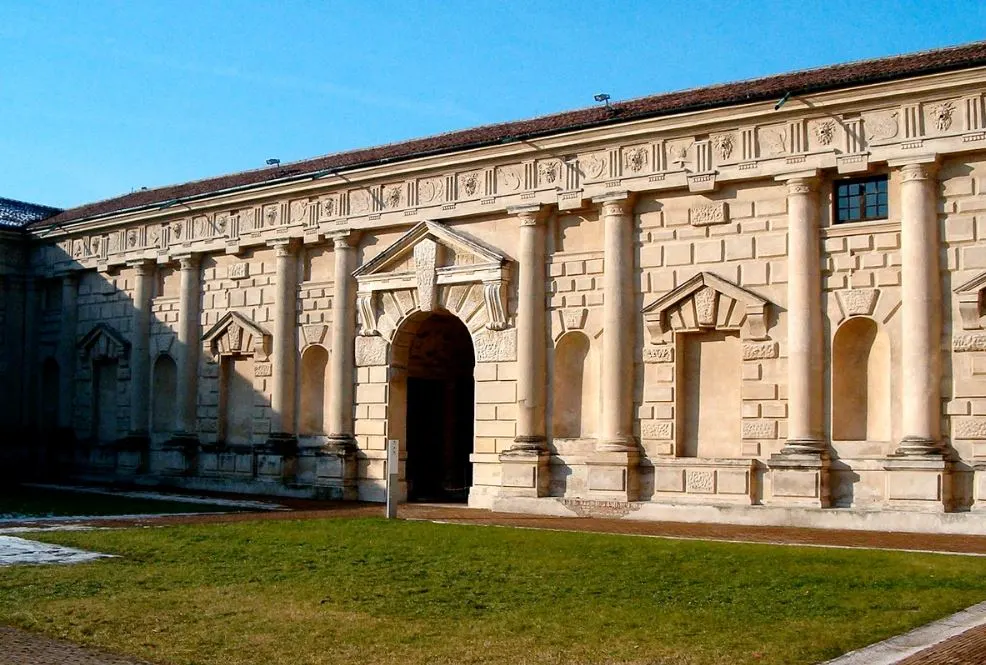
4. The building was designed by a pupil of Raphael
The palace was designed by an architect named Giulio Romano (1499-1546), a man who was barely in his mid-twenties when he earned this prestigious commission.
He completed the design in 1524, which was only 4 years after Raphael (1483-1520) died. He was one of the first superstars of his time and this surely helped Romano as he was one of his pupils.
He was one of the first major Mannerist architects and his style solidified the move away from the High Renaissance. Palazzo Te is, therefore, a very influential building of the 16th century.
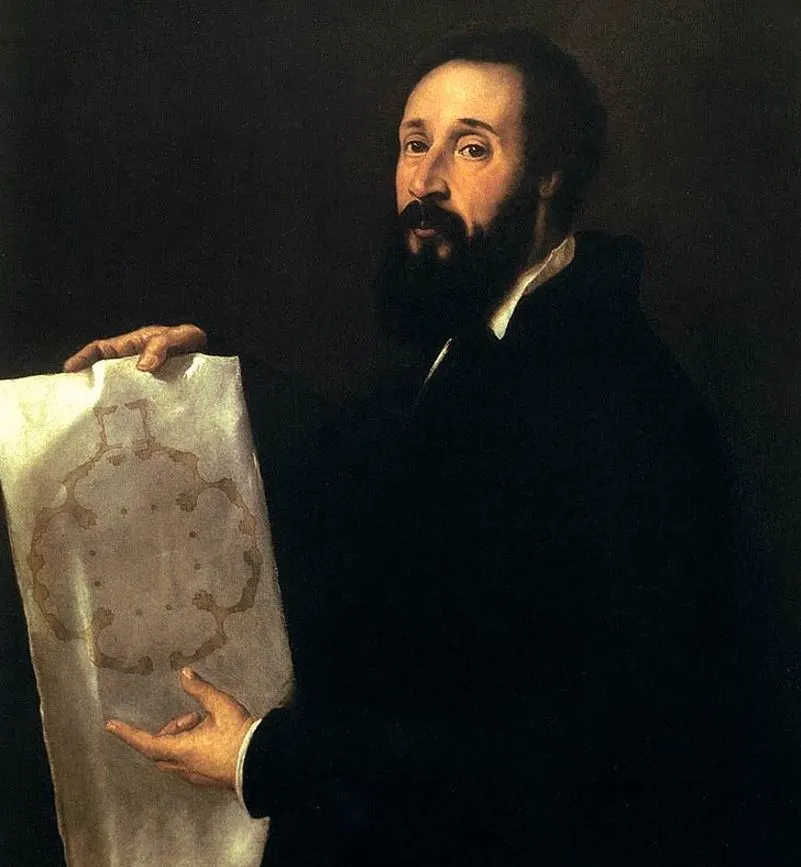
5. It took about 10 years before the building’s decorations were completed
Although the building is referred to as a palace, it can easily be compared to the villas that were constructed all around the Italian countryside in the 16th century.
This is emphasized by the fact that the core structure only took 18 months to complete, regardless of the perception that it looks pretty huge.
The most notable features of the building are the interior decorations. Just about every part of the interior walls was covered in frescoes and ornaments.
Federico II Gonzaga hired the best Mannerist artists in the area and they spent about 10 years decorating the interior, which was significantly longer than it took to erect the building
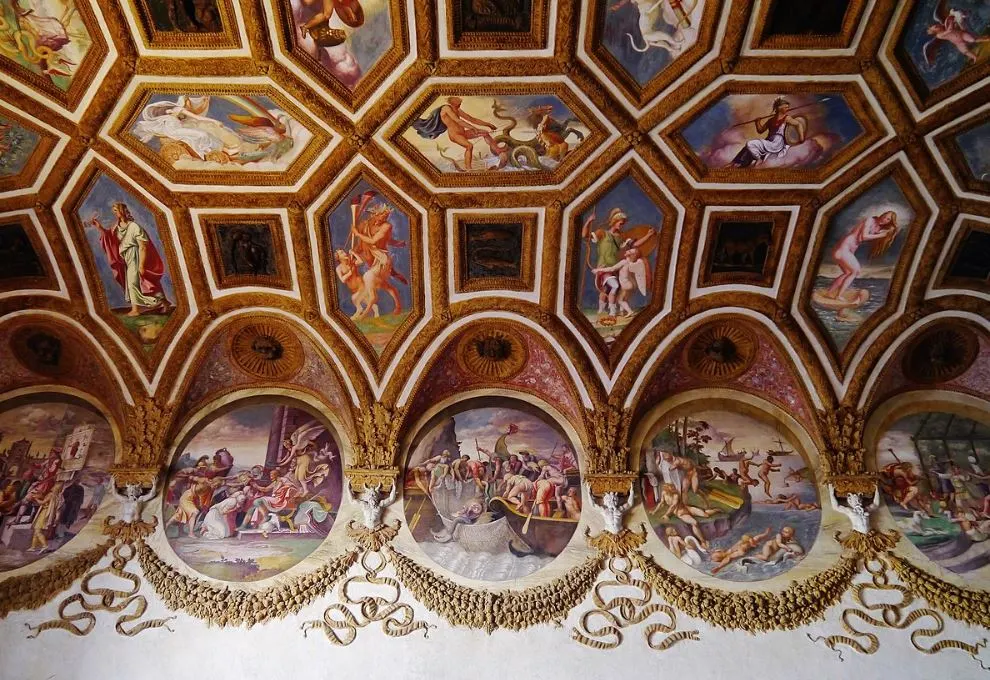
6. It’s home to the most famous mannerist fresco ever created
Giulio Romano was a pupil of the ultimate master of the High Renaissance (even though there are plenty of other candidates for this title), so he was well-versed in both architecture and painting.
This means that he helped with the decoration of the palace the moment the building was erected, and he produced some amazing works of art.
His most notable contribution is referred to as the “Fall of the Giants” (1532-1534), an illusionistic fresco centered around a trompe-l’oeil dome that decorates the ceiling of the Hall of the Giants.
This is just one of the countless amazing frescoes that can be found inside the rooms of this magnificent building.
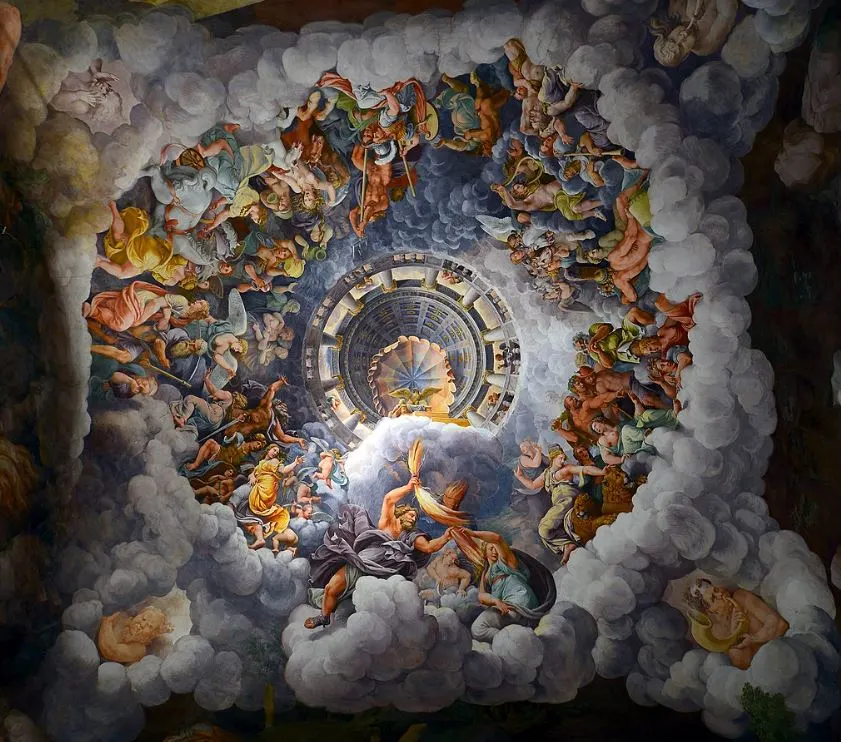
7. All the original interior features were looted during a 17th-century war
The frescoes were painted directly onto the walls of the rooms so they can’t be moved. That’s quite fortunate or they might have suffered a horrible fate in the 17th century.
The War of the Mantuan Succession (1628–31) was fought in and around the city and although Charles I Gonzaga managed to hold onto power, the Imperial army completely sacked Palazzo Te.
Nothing of the interior features remained as the palace was completely looted. Only the interior decorations that were added to the walls remained after this devastating event.
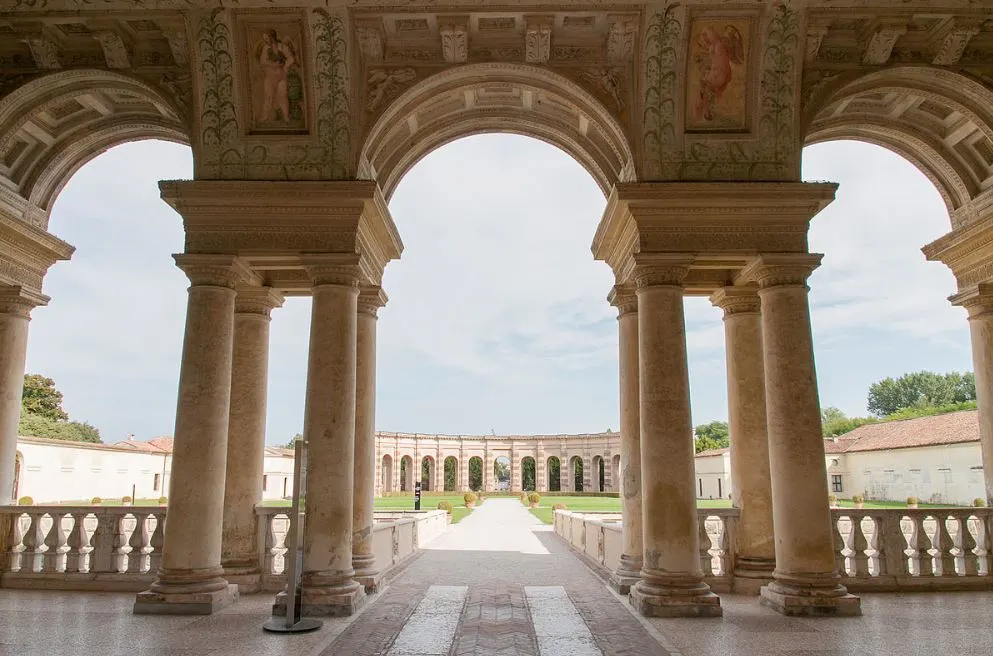
8. The palace can be visited and houses a museum today
Mantua came under Habsburg rule in 1708 and this meant the end of the rule of the Gonzaga family in the city.
The Austrians briefly lost control of the city during the Napoleonic Wars in the early 19th century but regained control in 1814.
It only became part of a unified Italy in 1866 as a result of the Third Italian War of Independence against the Austrian Empire.
Today, you can visit the palace to admire the amazing Mannerist frescoes, as well as visit the Museo Civico del Palazzo Te that is housed here.
